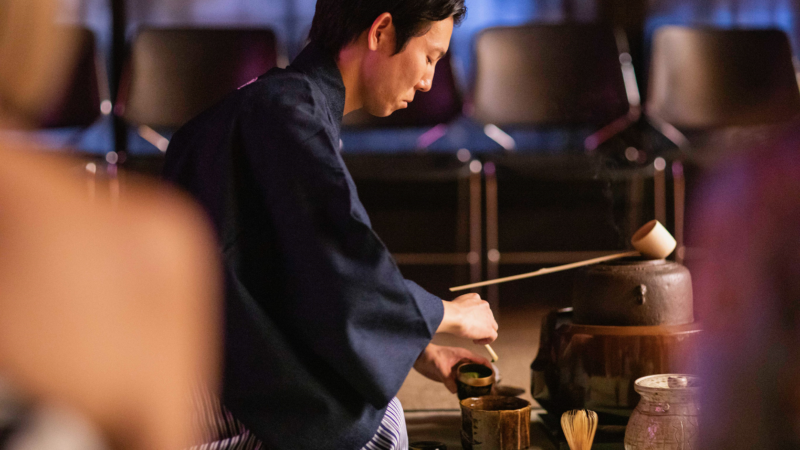Deborah Klens-Bigman ◆ August 3, 2015

A number of years ago, one of my iaido teachers, who also taught kendo, brought up the subject of ki ken tai (気剣体). Literally (and very briefly), the kanji mean “ki” – energy, life force, or even feeling or intent; “ken” – sword, and “tai” – body. In kendo, the term is generally used as “ki ken tai ichi” (気剣体一) meaning that one’s energy, the sword (in this case a bamboo shinai) and the body are one. This makes perfect sense in respect to landing a strike in a match. The kendoka calls out the target as he makes the strike. If he errs, even if the strike lands somewhere on his opponent, it is not considered valid for scoring a point.
However, my iaido teacher was not suggesting that movement in iaido should be the simultaneous melding of one’s whole being in a strike. He was, instead (and without the “ichi”) suggesting that the order of movements in iaido, however fast, are sequential. First, the feeling or idea, second, the movement of the sword, and third, the body following it. Like many other Japanese aesthetic and practical principles, my teachers had already been teaching me along these lines, and I had been following that idea, more or less. But once my teacher actually articulated the idea of ki ken tai, I began to see it everywhere.
Some time much later, during a jodo seminar here in New York, Dan Pearson, of the Capital Area Jodokai, also showed, rather dramatically, the advantage of ki ken tai in the final hikiotoshi strike in Tachiotoshi, the first kata in the Omote set. At the end of the kata, the last strike is made towards the swordsman’s face, as a final emphasis, and as if to show the swordsman that he should really give up (which he does). Dan showed that following the jo strike with a step actually increased the distance covered by the jodoka, as opposed to making the step simultaneously with the strike. Ki ken tai, only with a jo.
Every now and then a student asks me about the sequence of a sword cut in a kata – whether one should step forward and then cut, or vice versa. There are certainly some exceptions to the rule of ki ken tai. For example, in making the final, kirioroshi cut in the Muso Shinden kata Shohatto, the iaidoka steps out to steady herself before making the kirioroshi cut from jodan no kamae, a movement that could be called putting the body first. However, the initial cut of the kata, the nukitsuke ichimonji cut to the opponent’s face, is definitely started in advance of the iaidoka’s first step towards the opponent.
Initiating the sword cut, then following with body movement, instead of the other way around, is the dominant feature in iaido kata and makes sense. For one thing, keeping the sword between myself and my opponent is without doubt a good idea. Secondly, as the jodo example above illustrates, I can cover more area by following the initiation of the cut with a step, rather than the other way around.
In both of these examples, the body movement following the beginning of a cut (or a jo strike) comes within fractions of a second. The tip of the sword moves first, then the movement of the body supports and adds force to the cut as it continues. Beginning a cut by moving the sword first and following with body movement allows the sword to protect you from your opponent. Moving without the protection of the sword exposes you to a counterattack, even for a very brief moment. And seconds definitely count.




